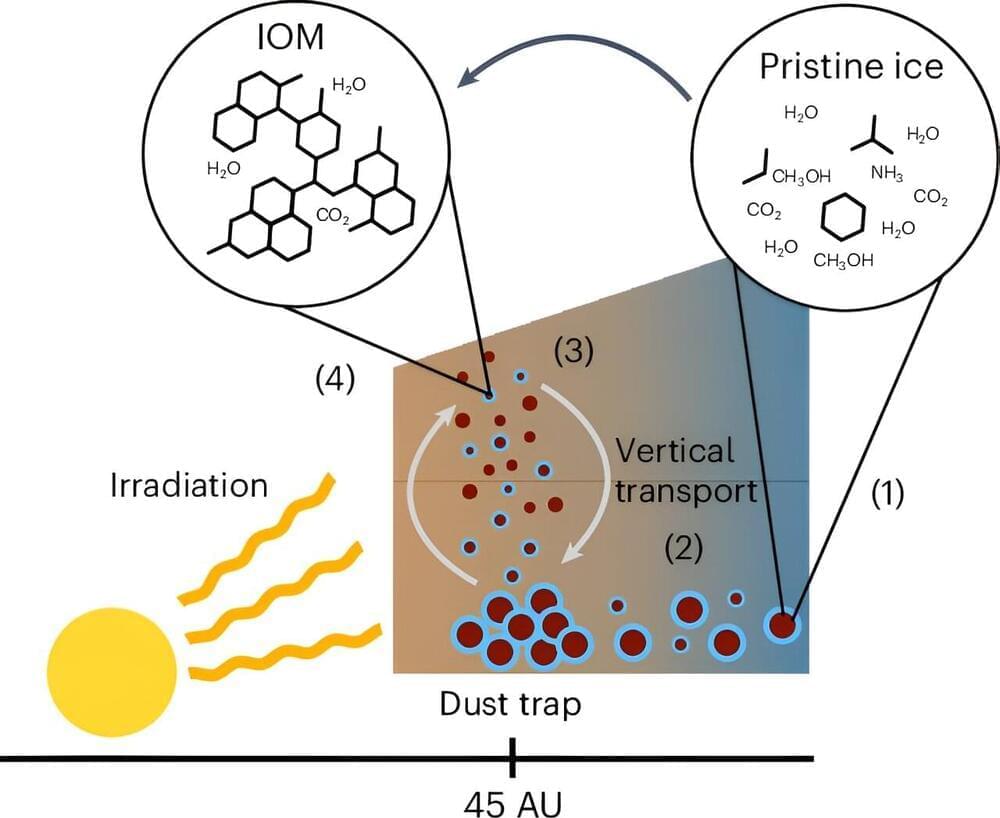Computer modeling shows how macromolecules form quickly in gas & dust disks around young stars, aiding understanding of exoplanet.
Astronomers explain #Rapid #Formation of #Organic #Macromolecules in #Protoplanetary #Disks around #Young #Stars.
An international team of researchers led by the University of Bern has used observation-based computer modeling to find an explanation for how macromolecules can form in a short time in disks of gas and dust around young stars. These findings could be crucial for understanding how habitability develops around different types of exoplanets and stars.
Organic macromolecules are regarded as the building blocks of life, as they are of crucial importance for the life-friendly carbon and nitrogen composition of the earth.
Planetary scientists have long assumed that the organic macromolecules that make the Earth suitable for life come from so-called chondrites. Chondrites are rocky building blocks from which the Earth was formed around 4.6 billion years ago and which we know today as meteorites.
